Food smoking - introduction
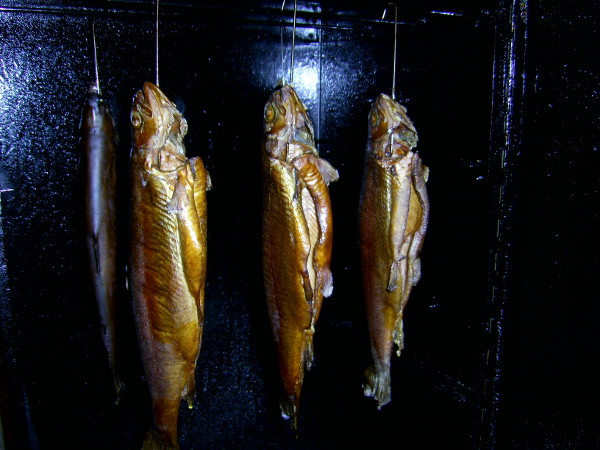
“Although it’s likely that our first smoked meats were happy accidents, it wouldn’t have taken very long for our ancestors to learn that the properties of smoke applied to their food made it last longer.” – Turan T Turan
Contents
What is food smoking?
Food smoking is an ancient method of preserving food using wood smoke. It’s believed to be almost as old as the use of fire itself. When prehistoric people hung the surplus meat or fish they’d caught after a successful hunting or fishing trip from the ceiling of their cave to protect it from vermin and contamination, they would have noticed that the meat exposed to the smoke of the fire stayed edible for longer. If washed with sea water prior to drying and smoking, it would have lasted even longer because of the preserving properties of the salt.

When humans started farming, food smoking was one of the few methods of preserving farmed meats for long periods. Smoke houses started to appear on farms, slightly apart from the main building – due to the smell of the smoke, and the fire risk.
There are many products on the market that have been treated with smoke flavours to make them resemble genuinely smoked foods, that can be sold for higher prices. Dyed haddock is an example. This practice has nothing to do with real food smoking and is banned in some countries, although it’s common in the UK, the US and Australia.
Smoked food is usually meat, sausages, fish or cheese, but can also include eggs, vegetables and nuts. See ‘what can I do?’ for modern methods of smoking.
How to cold smoke salmon and cheese.
What are the benefits of food smoking?
The main benefit is that it’s a form of food preservation using a renewable resource, with the added benefit of improving flavour. So for example, before electricity, a smallholder could kill a pig, salt or brine cure, then smoke the hams and make cold smoked sausages, and they’d keep until the next pig was killed, 6 months later. This can still be done today of course, and not only will the meat be preserved without the need for refrigeration, it will have a wonderful smoked flavour too.
We’ve only recently discovered that wood smoke contains compounds such as phenols that inhibit the growth of microbes that cause food to spoil. Also, the salt, which is used to cure or brine the produce prior to smoking, draws water out of the cells of the bacteria and kills them. More water is lost than salt is added during this process, and the flesh will typically lose around 8-10% of its weight.

In developed countries, where fridges, freezers and E numbers can preserve foods for very long periods, the improvement of the flavour through smoking is often more important than the preserving properties of the smoke.
In recent years, food smoking has been part of a revival of old crafts and traditional foods, and an increase in food awareness – people want to know the ingredients of the food they’re eating. The trend is towards high-quality, ‘slow food’, with local, natural ingredients, free from chemical additives.
For farmers, smallholders, hunters and fishermen, smoking is a way of making use of large amounts of meat or fish at certain times of the year. For others it’s a way of increasing their range and adding quality and value to their products, which is what an increasing number of customers demand.
Cold smoking (see below) is the method used for preservation. Cold smoked meats are ideal to take travelling as they don’t go off and they’re a good source of protein. Fish can’t really be preserved for long periods, but with hot smoking, fish can last a few days longer – although the real motive is to improve the flavour.

What can I do?
First, learn as much as you can. Here’s a free pdf of our book, Food Smoking: a Practical Guide, by Turan T Turan of Coldsmoking Cookery School.
Cold smoking
Cold smoking is often referred to as ‘real’ smoking. The temperature is usually lower than 30°C and the smoking time is long – from several hours up to 3 weeks. The smoked product is still ‘raw’ after cold smoking, e.g. Parma ham or salami. Many cold smoked foods have to be cooked prior to eating – for example, kippers (smoked herring). Food needs to be cured before cold smoking.
Make sure your cold smoker is in the shade, as sunlight will mean that the internal temperature will probably rise above 30 degrees.
Hot smoking
Hot smoking applies smoke with temperatures of more than 70°C. The smoking time varies from minutes up to a few hours. It’s almost barbequing – hot smoking ‘cooks’ food, e.g. hot smoked trout or kippers. Prior to hot smoking, food is often cold smoked for a period of time to support the drying process and enhance the flavour.

Wet and dry smoking
Wet smoking is only done with hot smoking. For wet smoking, put a bowl of water in the smoker to keep the food moist. This is exactly what you don’t want if you’re cold smoking for preservation however – you want the food as dry as possible.
Barbeque smoking
Currently there’s a trend for ‘barbeque’ smoking in America, which uses barbeques with lids or specially designed smoke barbeques. The method is the same as hot smoking, except that there is no period of cold smoking. It’s a flavour-enhancing cooking method, and not anything to do with preservation.
Making fish ‘jerky’ – smoking fish in a wilderness situation to preserve the catch.
Curing
Curing is rubbing the food with salt (dry curing), or soaking in salt water (brining or wet curing). After curing, the food is washed and dried for at least 24 hours before smoking.
Buying / making smokers
You can buy commercial smokers – but they tend to use an electric element or gas to light the sawdust / wood shavings and keep them lit. From a low-impact perspective, it’s better to make your own smoker – and it’s very simple. All you need is a metal cupboard (or filing cabinet, or a wooden cupboard, or you can even cold smoke in a cardboard box), some hooks for hanging the food, or racks for cheese etc, a metal tin at the bottom for holding the wood shavings, and some way for the smoke to escape. One of our course tutors has smoked food using an oil drum with a hole in the top over a fire pit.

Wood shavings
Find a local woodworking workshop and ask them for shavings or sawdust. It has to be hardwood, and not treated – so furniture makers are ideal. Softwoods contain resin, which produces nasty tasting soot. Or you can find suppliers of hardwood shavings online. A typical small cold smoker uses 50-100g of shavings a day, depending on what you’re smoking, so a little goes a long way.
The best way to burn the wood shavings / sawdust is in what’s called a smoke generator – a metal / wire frame with a 1cm-wide channel so that it can burn slowly (see image and video). Making sure that the wood shavings don’t burn to quickly or too hot, and that the smoker stays at the right temperature requires practice; attending a course would probably be a good idea.

Methods
The ideas below are just to give you a general idea – you can find more detailed recipes in books and websites (see resources).
Meat
Preparation: depending on the meat, you can dry cure or marinade with salt/brine (up to 200g salt per kg of meat) plus a range of other ingredients such as sugar, molasses, beer, berries, pepper, cloves etc, and leave for a few days to a few weeks. Then rinse, dry and hang for a day or two to air dry.
Smoking: cold smoke for a day or two, then wrap in muslin and hang in a cool, dry place out of sunlight.
How to make a cold smoker for $1. Actually, it’s hard to see what they spent the dollar on – maybe the dowel. You can find lots of other videos on how to make slightly more sturdy smokers from old pallets etc., but a cardboard box works just fine too.
Trout
Preparation: dry cure – 5–10g salt per 100g fish, bay leaves, juniper berries (and some sugar if you like). Curing time by weight: 200g – 2 hours; 300g – 2½ hours; 400g – 3¼ hours. After curing, clean and dry fish.
Smoking: cold smoke for 2 hours. Then hot smoke for 1–1½ hours at 80-85°C. Eat hot or let it cool down until the juices stop running.
Cheddar cheese
Preparation: cut into cubes of around 4cm x 4cm x 4cm. This will prevent excessive cracking as the cheddar gets drier in the smoke. Curing/salting is not necessary as the cheese already contains salt from the cheesemaking process.
Smoking: cold smoke for 2 hours; eat or store wrapped in kitchen foil in a dry, cool place.

NB: search online for the dangers of eating smoked food due to potential carcinogens in the smoke, and make up your own mind. We’d say three things about this:
- It’s all about assessing risk, which we think is small for relatively low quantities – so over-indulgence is the real problem; and
- We have other topics on the site that could be considered more dangerous than smoked foods, such as cycling in cities, using chainsaws and felling axes, sailing, wild swimming, foraging for wild mushrooms, building houses and installing renewables.
- As well as living sustainably and changing career, a feature of many of the Lowimpact topics is that they could serve you well in the case of societal collapse. Food smoking, as a way of preserving food when refrigeration is impossible, is one of those topics.
Specialist(s)
Thanks to Turan of Coldsmoking Cookery School and Andreas Hohmann for information.
The specialist(s) below will respond to queries on this topic. Please comment in the box at the bottom of the page.

Turan T Turan of Coldsmoking.co.uk has been smoking and preserving food for many years. He takes huge pride in using ingredients from reliable and sustainable sources. Turan only uses the best produce when brining meat and fish or when curing and smoking, He has a wealth of knowledge when it comes to hot or cold smoking, meat curing and charcuterie and has a real depth of knowledge when it comes to smoking vegetables and other produce.

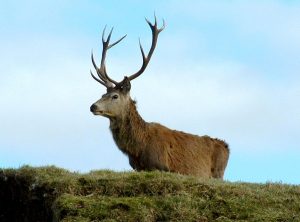
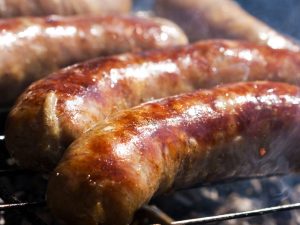
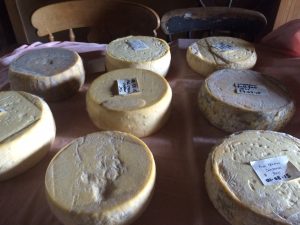
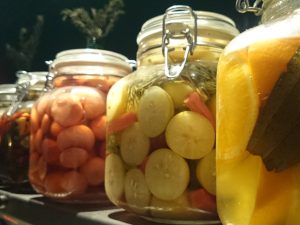
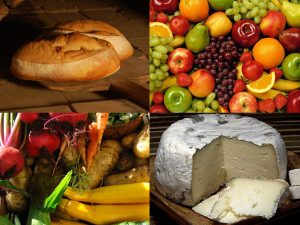
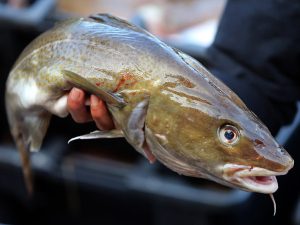
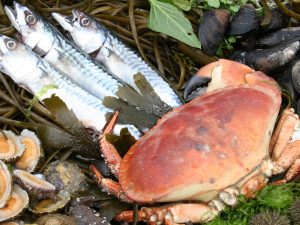
2 Comments
This is very good information. What I am interested about is the training course for smoking fish and meat. If possible, would you please give details? Like the country were you are located, the time that the course takes, how much it cost, etc…
Hi. Please click on ‘courses’ under resources at the top of the page – you’ll see the members of our network who provide food smoking courses. All the information will be on their websites, and new members are added regularly. We’re a UK-based organisation, so all the course providers are in the UK.